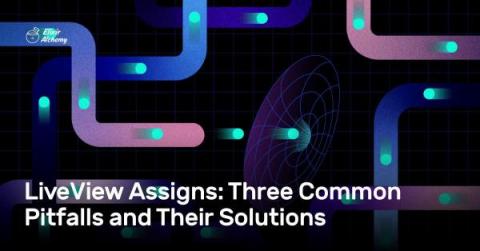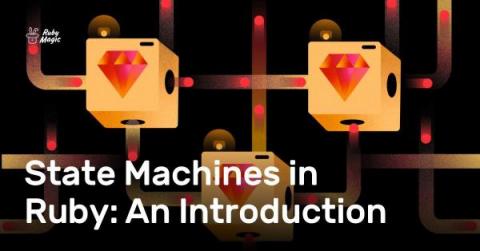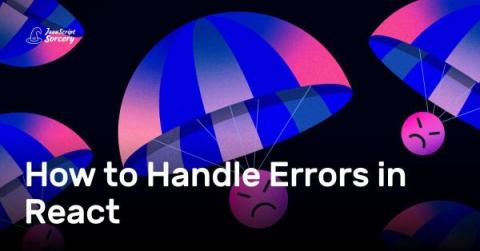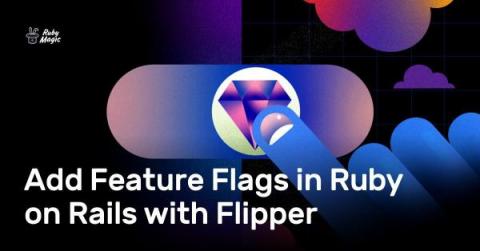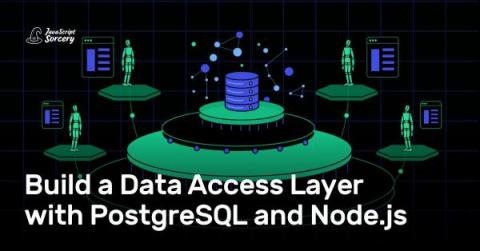LiveView Assigns: Three Common Pitfalls and Their Solutions
In the first part of this two-part series, we examined LiveView assigns in detail — demystifying assigns, looking at some key concepts, and debugging. Now, we'll turn our attention to three common mistakes that you might make with assigns and how to avoid them. Let's get started!


